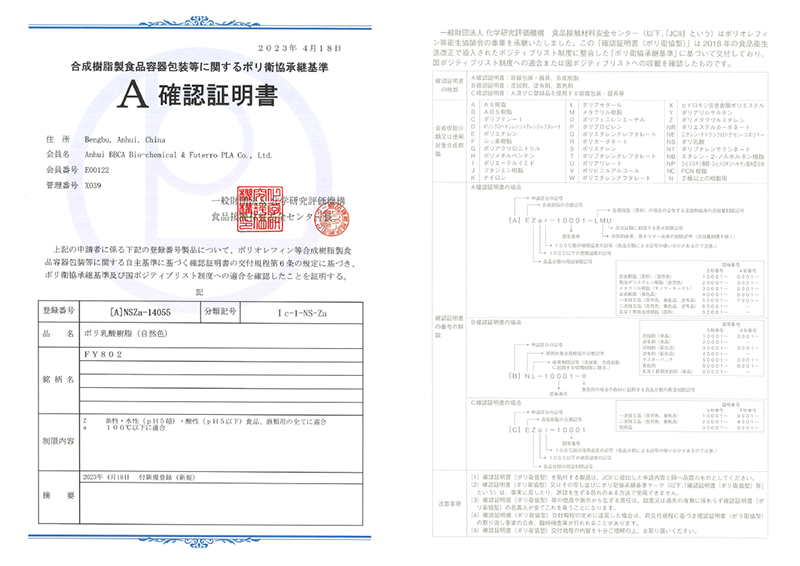
基本情報
英語名
PLA
CAS No.
26100-51-6
ポリ乳酸(PLA)の特長

生分解性 |
カーボンニュートラル |
抗菌性 |
|---|---|---|
ポリ乳酸(PLA)は生分解性プラスチックで、使用後は一定の条件で水とCO₂に分解され自然に戻り、さらに植物の光合成によってトウモロコシなどを生成する循環サイクルとなります。これは生分解性プラスチックだけが実現できる理想的なサイクル方法です。 |
ポリ乳酸(PLA)は原料にトウモロコシなどのバイオマスを使用しているので、植物の生育過程でCO₂を吸収しており、焼却しても大気中のCO₂は差し引きゼロになります。 |
ポリ乳酸(PLA)は人体にも存在する乳酸を原料とするため、生体適合性のある安全な素材です。また、乳酸の働きにより抗菌性を有し、添加剤などを使わなくても抗菌効果があります。 |
PLA(ポリ乳酸)100%のTシャツが生分解する様子
堆肥温度:68℃(3日後、引き上げ時の温度)、水分量50%前後 実験期間:2021年11月4日〜11月10日
|
|
|
|---|
製品の特長
規格
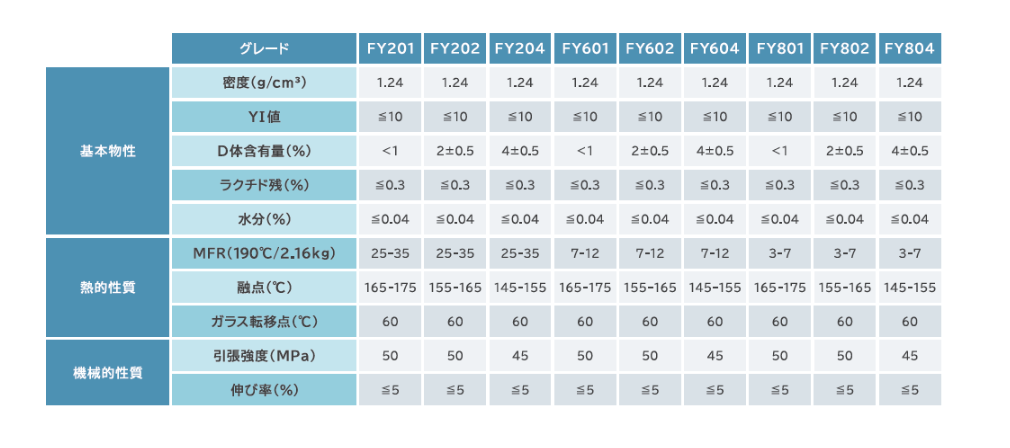
用途
繊維・不織布
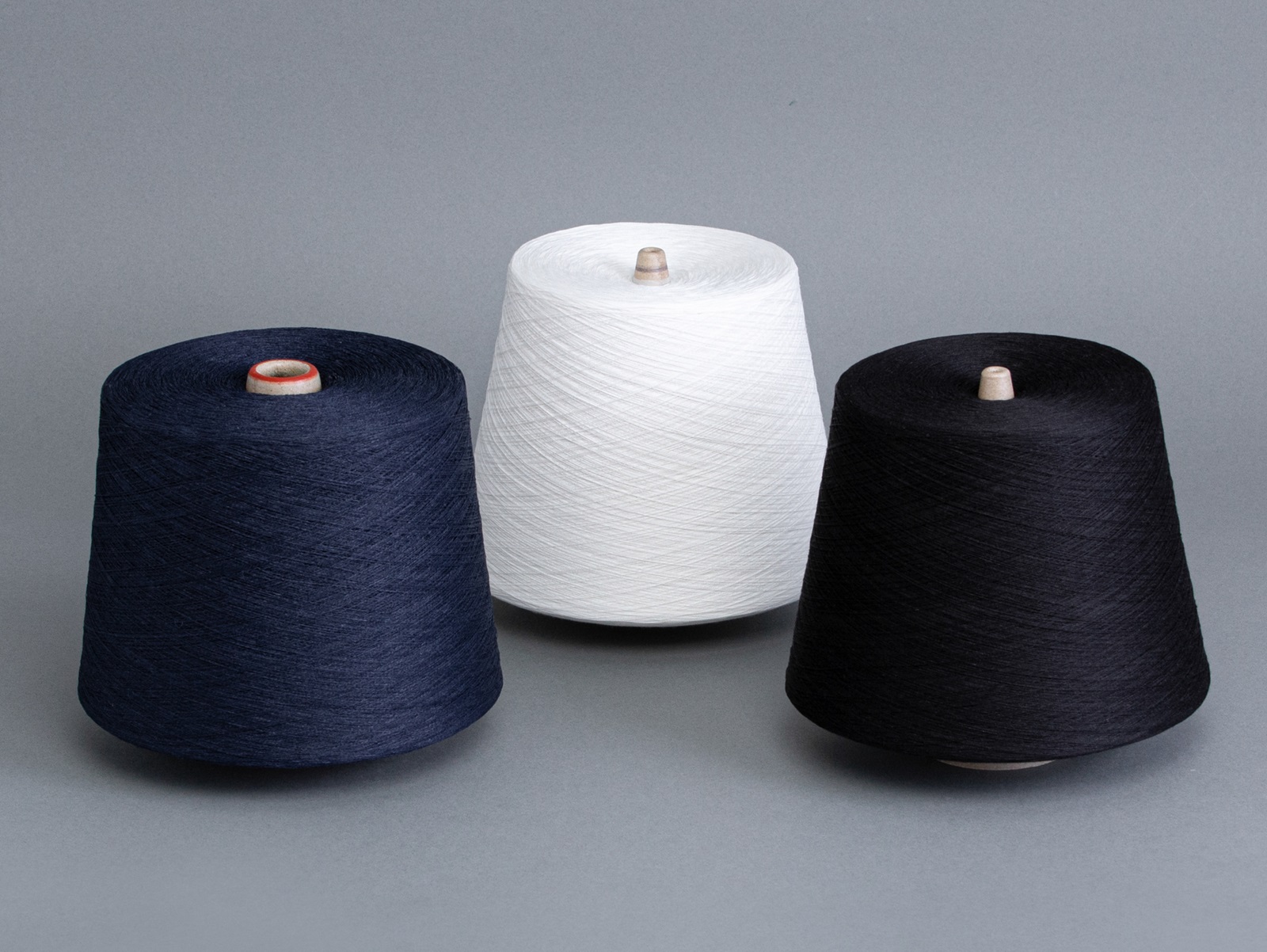
射出成型用途
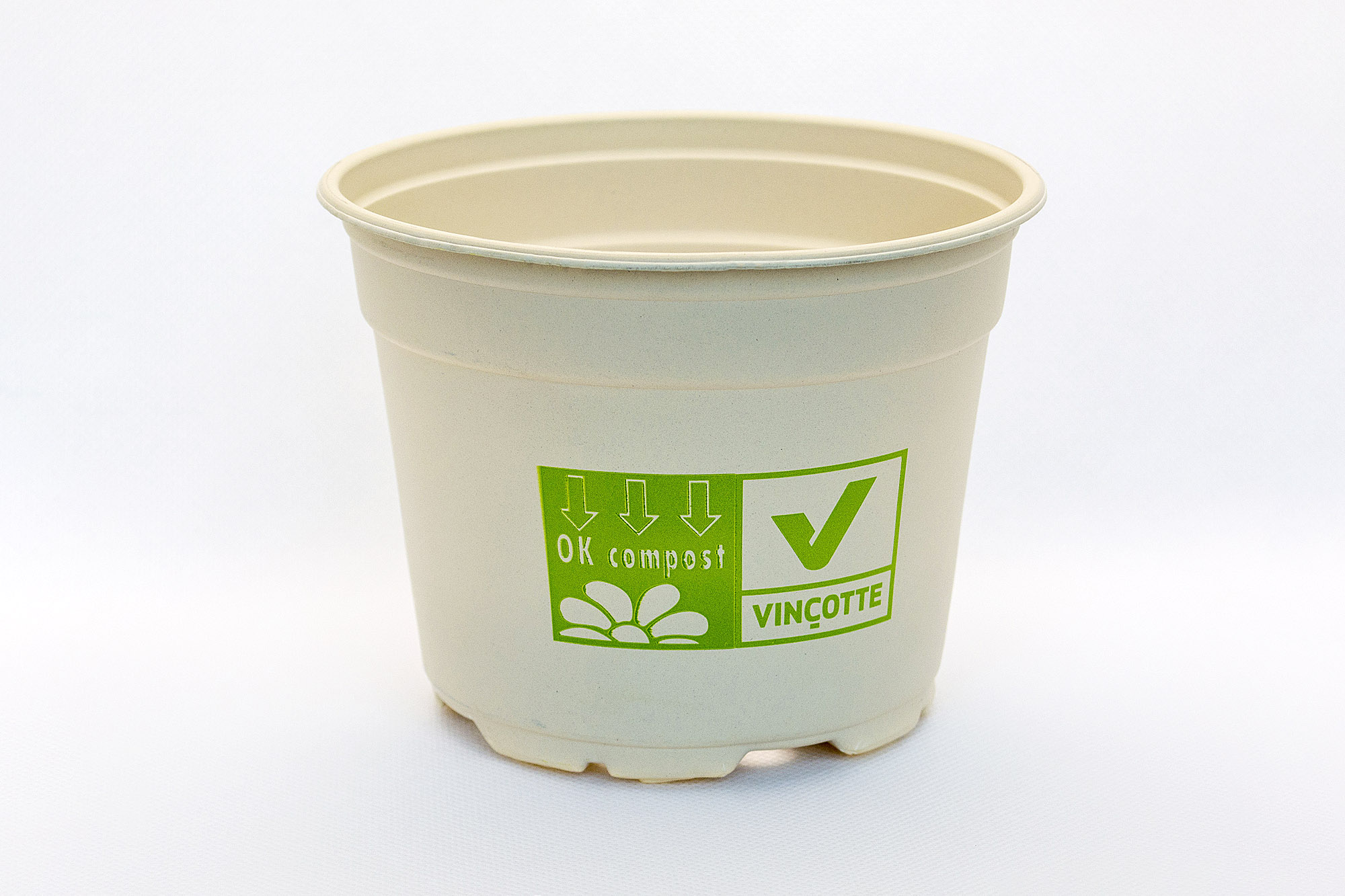
押出成型用途

メーカー
代表的な生分解性樹脂の1種、中国最大手の豊原社の代理店、日本で在庫して販売

各種認証
日本バイオプラスチック協会(JBPA)
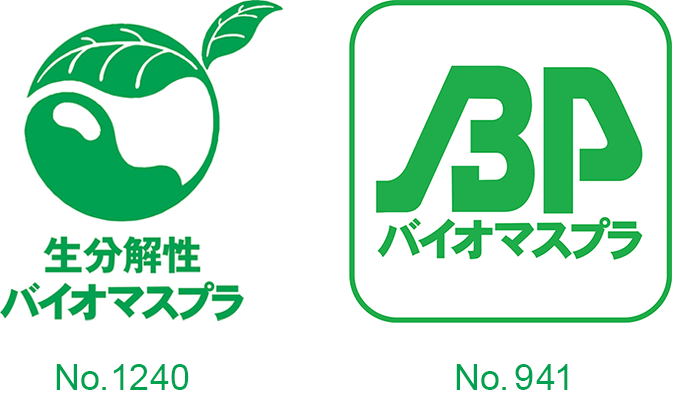
PLA(ポリ乳酸)のLCA(ライフサイクルアセスメント)

食品用器具・容器包装のポジティブリスト認証
